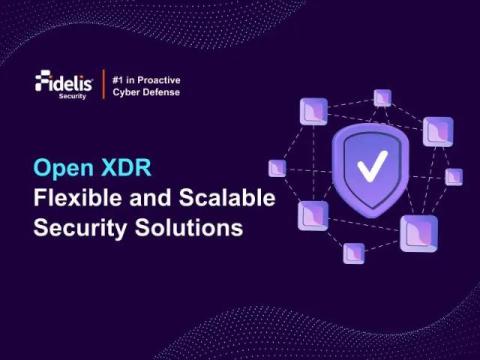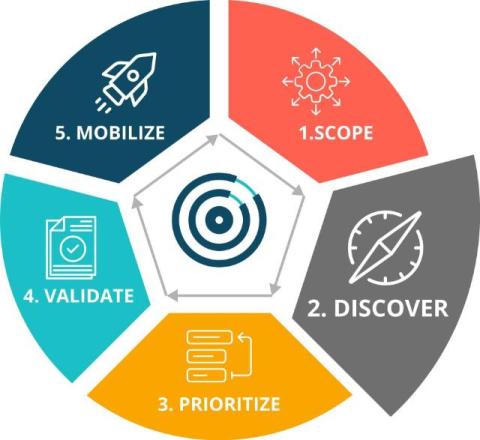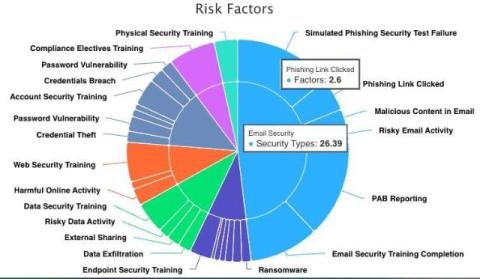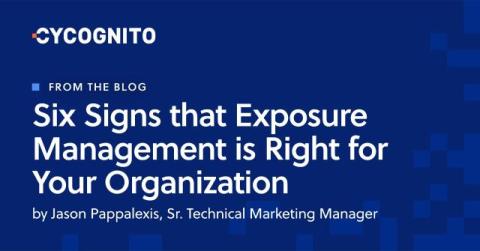Analyzing the Latest APWG Phishing Activity Trends Report: Key Findings and Insights
In the second quarter of 2024, 877,536 phishing attacks were reported, a marked decrease from the 963,994 attacks reported in the first quarter of the same year. However, this might not be a reason to celebrate just yet, as this reduction might be due to the fact that email providers have made it increasingly difficult for users to report phishing attempts.











